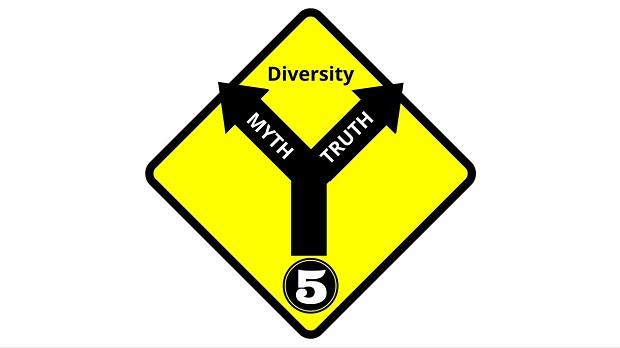 This is a guest post written by Eric Peterson, MSOD.
This is a guest post written by Eric Peterson, MSOD.
Eric is Manager of Diversity and Inclusion
at the Society of Human Resource Management (SHRM).
Follow Eric on Twitter @SHRMEric
When asked when the movement for LGBT (lesbian, gay, bisexual, and transgender) equality began, many historians will point to the Stonewall Riots of June, 1969. Because of the import of this event, June is widely referred to as “Gay Pride Month,” typically celebrated by parades and other events in cities large and small. In the past 20 years or so, many workplaces also celebrate “LGBT Pride,” by shining an affirming spotlight on a population of valuable workers that oftentimes don’t feel as valued as their straight colleagues.
There are a few reasons for this. Obviously, there are some in our society who believe that homosexuality or gender variance is a moral evil. But I believe that there are far greater numbers of people who hold no ill feelings toward their LGBT colleagues – but they either don’t understand why organizations should be proactively inclusive of a sexual minority, or they just don’t know how.
Both questions can be answered by taking an honest look at the experiences of the straight workers at your organization, then ensuring that you are doing what you can to provide the same experience for your LGBT employees. For instance, if a straight woman mentions her husband at work with little to no fanfare or controversy, a lesbian woman should expect a similar reaction when discussing members of her family. If heterosexual employees have access to health benefits for their family members, the same benefits should be afforded to workers in same-sex relationships. If a heterosexual employee has no reason to believe that being “openly straight” at work might lead to him getting fired, a gay employee should feel similarly at ease.
Organizations who wish to be more proactive in their inclusion efforts have created Employee Resource Groups for LGBT employees, sponsored Pride events in their communities, marketed their products and services specifically to LGBT customers, sought out LGBT suppliers, and recruited at LGBT-specific career events. These activities are both good for people and good for business. They help an organization’s bottom line, ensure that LGBT workers feel not just tolerated, but valued. Moreover, an LGBT-friendly workplace not only attracts talented and valuable LGBT staff and allows them to be more productive; an inclusive culture benefits everyone in the organization, allowing all staff to be more creative, innovative, and respected at work.



















